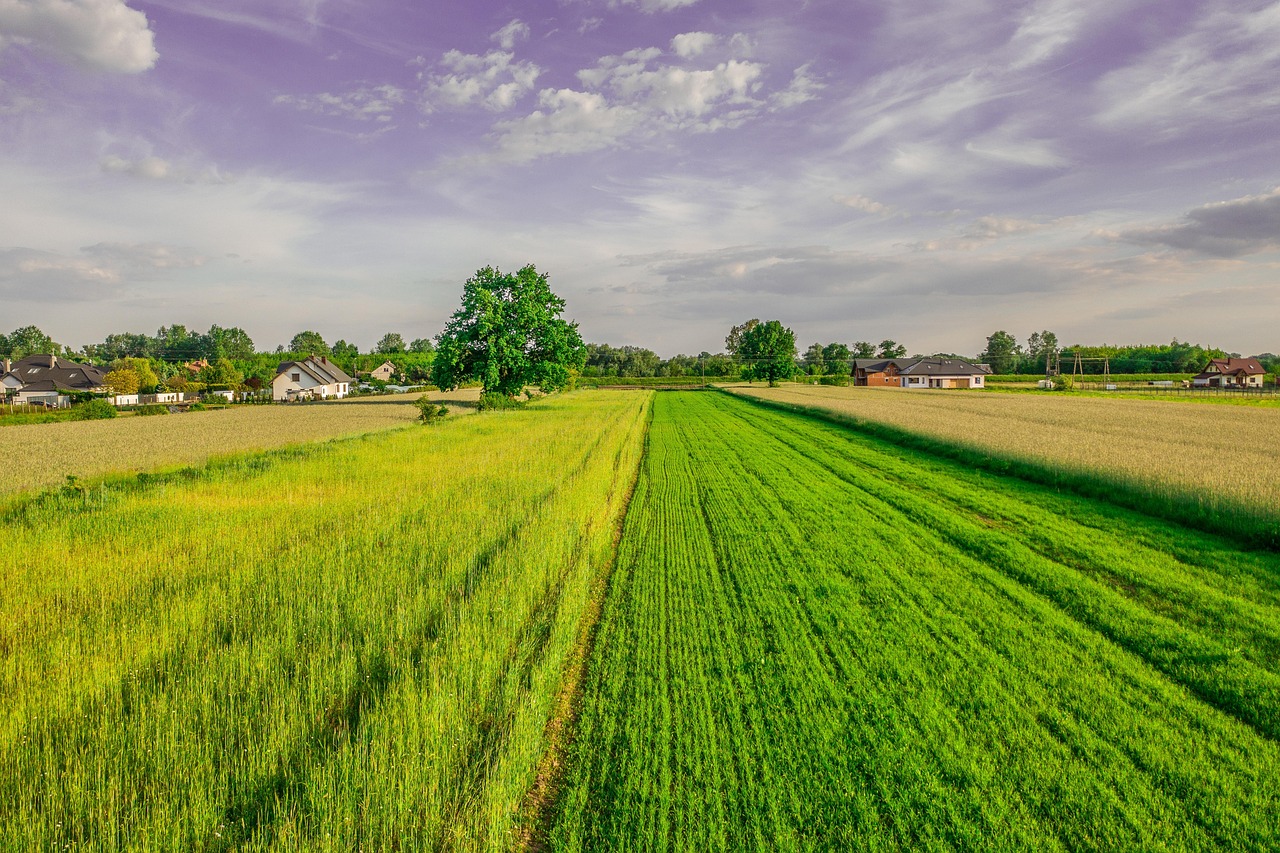Linking Agrosystem Data with Socio-Economic Information (LASI)
This use case extends existing information on agricultural systems to include socio-economic information and establishes a link between these areas – with a focus on agricultural land markets.
Partner:
Humboldt-Universität zu Berlin (HU Berlin)
Universität Göttingen
Leibniz-Institut für Agrarentwicklung in Transformationsökonomien (IAMO) Halle
Description:

Use Case (Pilot)12 “Linking Agrosystem Data with Socio-economic Information” (LASI) enhances the existing information on Agrosystems by socio-economic information and establishes a connection between those areas.
In particular, it focuses on agricultural land markets, because land is the most important production factor in agriculture and the natural link between landscapes and farms. Land markets are facing unprecedented challenges, marked by a surge in land prices, intensified competition among farmers, and a concerning trend of converting farmland for non-agricultural purposes. Access to data is of pivotal importance for all kinds of research for example on regulation measures, market structures, market types and market participants as well as on price levels and dynamics, ownership distribution and on environmental and social implications.
Recent socio-economic data sources differ in terms of purpose, regional coverage, time period, data type, temporal as well as spatial resolution. LASI is striving to classify agricultural land market data sources, to identify and categorize interfaces between Agrosystem-related information and socio-economic variables. LASI’s primary subject is to expand the scope of FAIRagro through the development of meta-databases and technical reports. The secondary issue addresses improved transfer of knowledge gathered in long-term agricultural field trials.
LASI oversees several long-term field experiments in Thyrow and Dahlem. As FAIRagro is an excellent platform for the dissemination of research activities, LASI attempts for a FAIR communication of long-term field trial data, increasing visibility and usefulness of such experiments for agricultural stakeholders.
wards filling the metadata table following the MIAPPE standard to feed the BrAPI pull with information.

